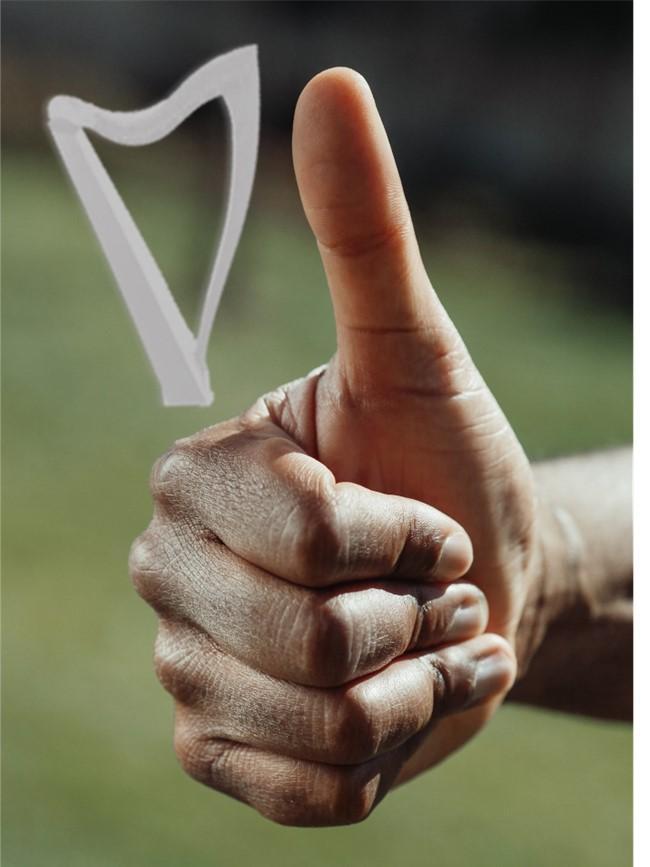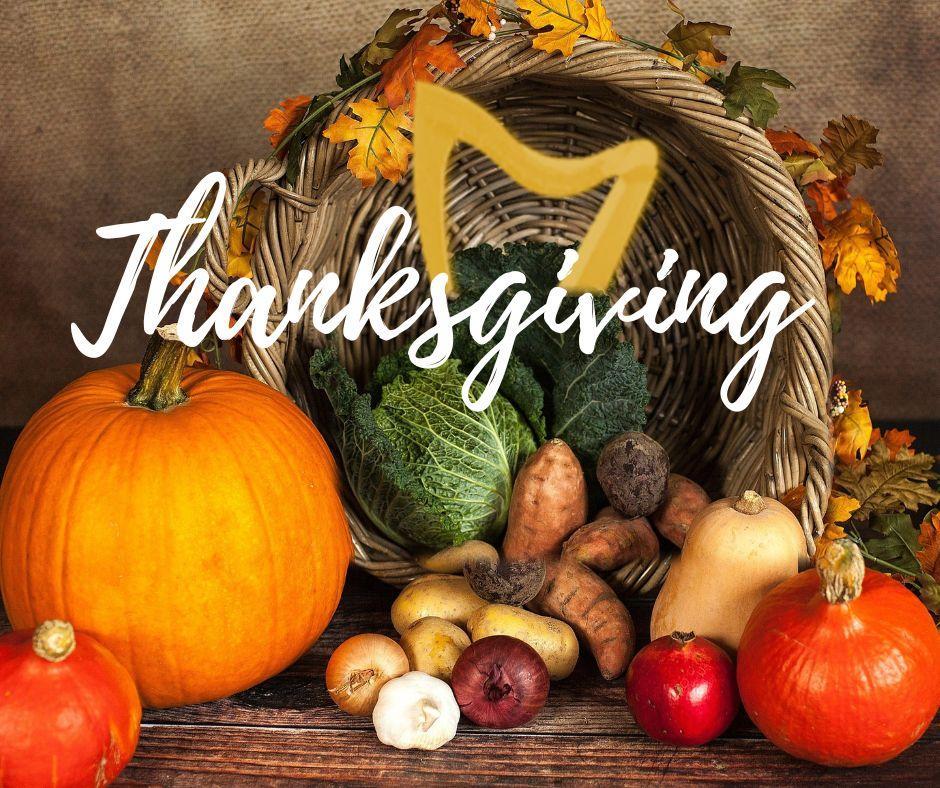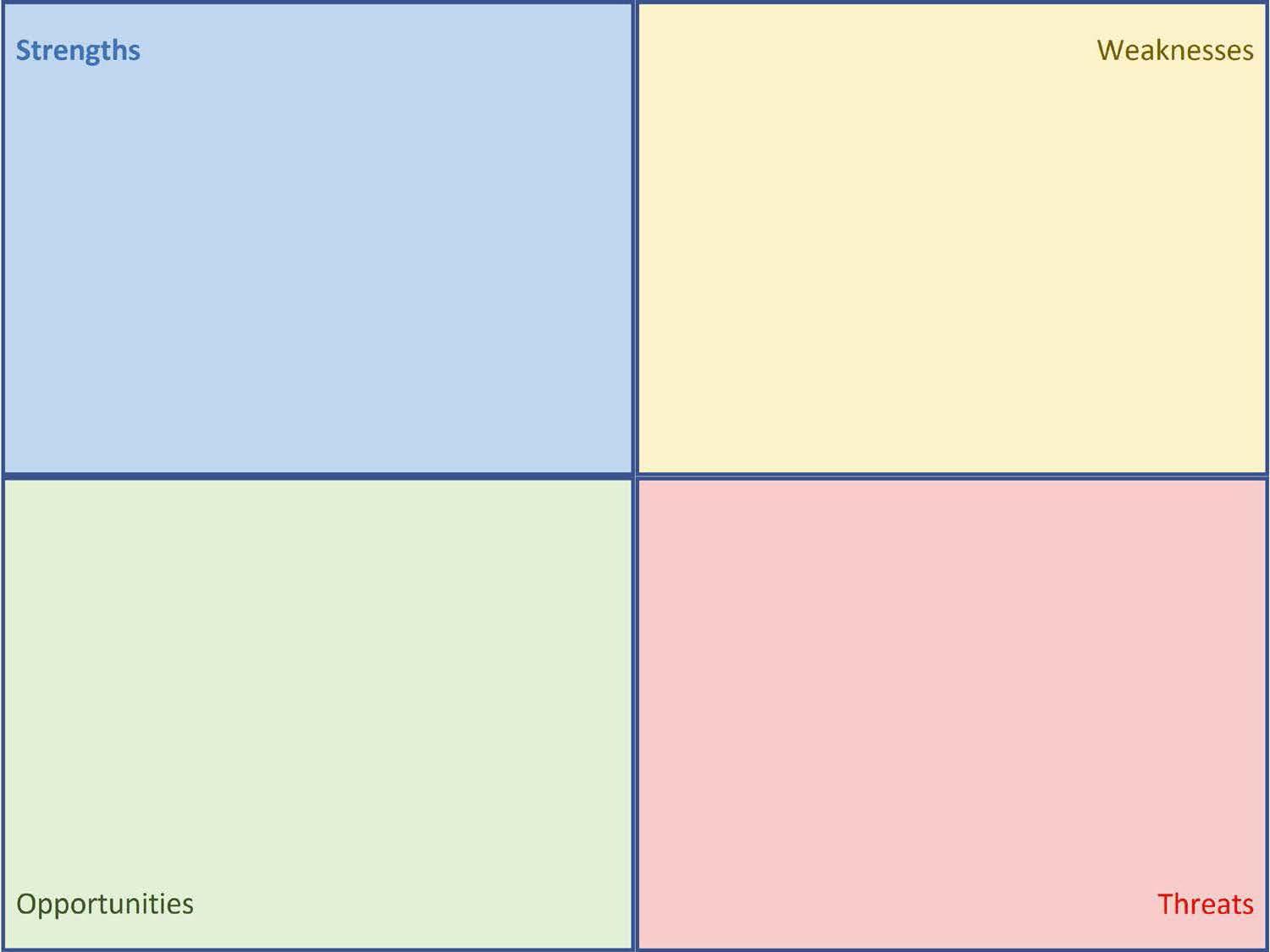The days are getting shorter as the nights grow longer and the year end is hurtling toward us – must be time to take stock to see if you get a thumbs up.
You might have noticed that the holidays began before Halloween this year – and that’s probably here to stay (ugh). So you are likely still working on material for your events whether they are family get togethers, playing for your friends, playing any one of a number of venues, or playing to impress the curtains and your cats. Meanwhile, there is just a lot going on and everyone is busy. I hope you are playing as many events for the holidays as you want to be – not one event more and certainly not one event less!
None of that makes it any easier to play, so it might be high time to check in on your basics to see how you’re doing. Let’s start with your basic technique – are your thumbs up? fingers and hands relaxed? are you sitting up? breathing? Are you still doing all those things while you’re playing? You know good technique is important because it makes it possible for you to play stronger, and to play better for longer.
Then let’s check on your current self-awareness. You know that good technique relies on a solid awareness. So, what better time than the present to give yourself the present of making sure you’re doing well? Have you checked yourself in a video lately? Or used a mirror to see what you’re up to when you’re thinking hard? When you do look at these, do you identify what you need to work on (and then work on that!)?
Now let’s look at your repertoire – have you solidified your tunes for the season (or are you praying that you never get to the point where you have to play the wobbly tunes)? Did you leave yourself enough time to prepare? Will you mark your calendar to start sooner in 2023? Have you noticed, though, that last year’s tunes are (ever so slightly) easier than they were last year? If so, have you noticed what about them is easier (and what, if anything, is actually more challenging than before)?
So, now that you’ve looked it all over, can you give a thumbs up? Of course, it’s only November so you have time to make changes if you need to so that you end the year on a high note.
Have you let anything slide on over the last few months? What have you found you need to focus on before you can give it a thumbs up? Let me know in the comments!



